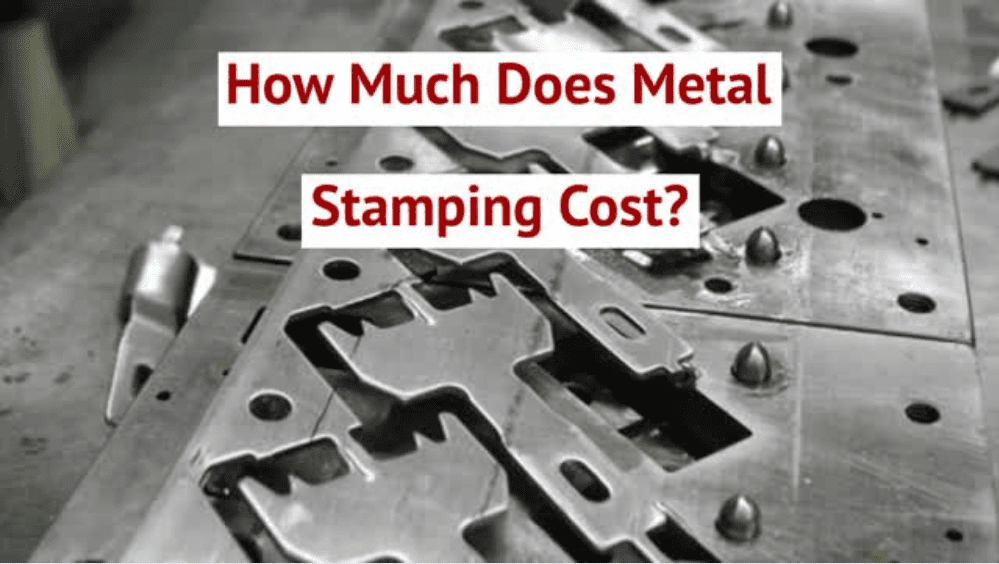Raise Your Production Quality with State-of-the-Art Metal Stamping Solutions
Raise Your Production Quality with State-of-the-Art Metal Stamping Solutions
Blog Article
Discovering the Globe of Steel Stamping: From Design to Production
Within the realm of manufacturing, metal marking stands apart as a specific and reliable method for shaping metal sheets into different types with exceptional uniformity. From the initial style phase where complex patterns materialize to the detailed manufacturing procedures, steel stamping is a blend of creativity and design. Delving into this world unveils a complex interplay of imagination and technical mastery, offering a glance right into a world where innovation satisfies craftsmanship.
History of Steel Stamping
Steel marking, an extensively utilized manufacturing process today, has a rich background that goes back to ancient times (Metal Stamping). The origins of metal stamping can be mapped to old human beings such as the Egyptians, that utilized stamping techniques to adorn precious jewelry and accessories with complex layouts. In time, metal stamping advanced, with human beings like the Greeks and Romans using it for creating coins and decorative things

In the 20th century, metal stamping proceeded to evolve with the assimilation of automation and computer mathematical control (CNC) innovation. These improvements even more raised the effectiveness and accuracy of metal marking processes, making it an essential component of modern manufacturing throughout industries such as vehicle, aerospace, and electronics. Today, metal marking remains a crucial manufacturing process, incorporating custom with innovation to satisfy the needs of a continuously advancing industry.
Style Factors To Consider and Prototyping
When developing metal marking tasks, precise focus to design considerations and prototyping is crucial for guaranteeing ideal production outcomes. Style considerations in metal marking consist of product selection, part geometry, read what he said tooling style, and manufacturing usefulness. Picking the best product is essential as it affects the part's efficiency, expense, and manufacturability. Component geometry affects the intricacy of the stamping process and the performance of the end product. Tooling design plays a significant function in the success of metal stamping jobs, impacting component precision, device longevity, and manufacturing effectiveness.
Prototyping is a critical stage in the steel marking process that allows engineers to test the style, verify manufacturability, and make needed modifications before full-scale manufacturing. Prototyping aids determine prospective issues early on, conserving time and expenses over time. It also provides an opportunity to maximize the style for effectiveness and quality. By carefully considering style facets and making use of prototyping, makers can streamline the steel marking process and attain high-quality, cost-efficient production results.
Tooling and Tools Fundamentals
Considering the crucial role that tooling design plays in the success of metal marking tasks, comprehending the vital tools and devices required is paramount for achieving reliable manufacturing end results. Fixtures hold the metal in place during the stamping process, guaranteeing accuracy and repeatability. Spending in look at these guys high-grade tooling and tools not only improves manufacturing performance but likewise leads to higher precision, reduced waste, and total price savings in metal marking operations.
Production Refine and Top Quality Control
Efficiently handling the production procedure and implementing robust quality control procedures are vital for guaranteeing the success of steel stamping tasks. The manufacturing process in steel stamping involves a collection of actions that need to be carefully worked with to accomplish ideal results.
Quality control in metal stamping is critical to supply products that satisfy the additional info called for specs. By keeping rigorous quality control standards, producers can support their credibility for providing top quality steel marked products.
Applications and Sector Insights
In the realm of metal marking, the effective application of production processes and quality control measures directly influences the performance and integrity of numerous sector applications and gives beneficial understandings into the market's operational characteristics. In addition, steel stamping helps with the manufacturing of different home home appliances, consisting of refrigerators, cleaning devices, and ovens, by offering cost-efficient options for producing resilient and complex components. Comprehending the applications and sector understandings of steel stamping is vital for enhancing production processes and improving item quality throughout various sectors.

Conclusion
In conclusion, metal marking has a rich history and plays an essential function in different industries. Layout factors to consider, prototyping, tooling, tools, manufacturing processes, and high quality control are vital facets of steel stamping. With its extensive applications and industry insights, steel marking continues to be a versatile and effective manufacturing procedure. By recognizing and using the principles of steel stamping, manufacturers can attain top quality, precision parts for a selection of products.
Report this page